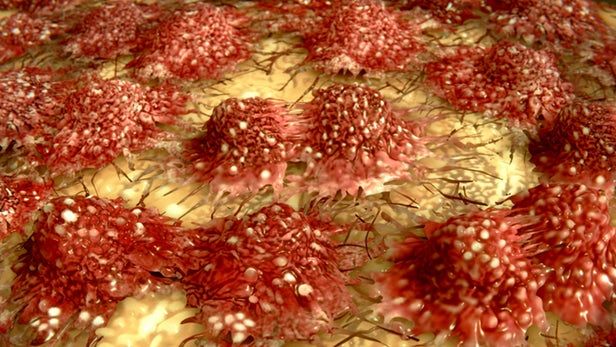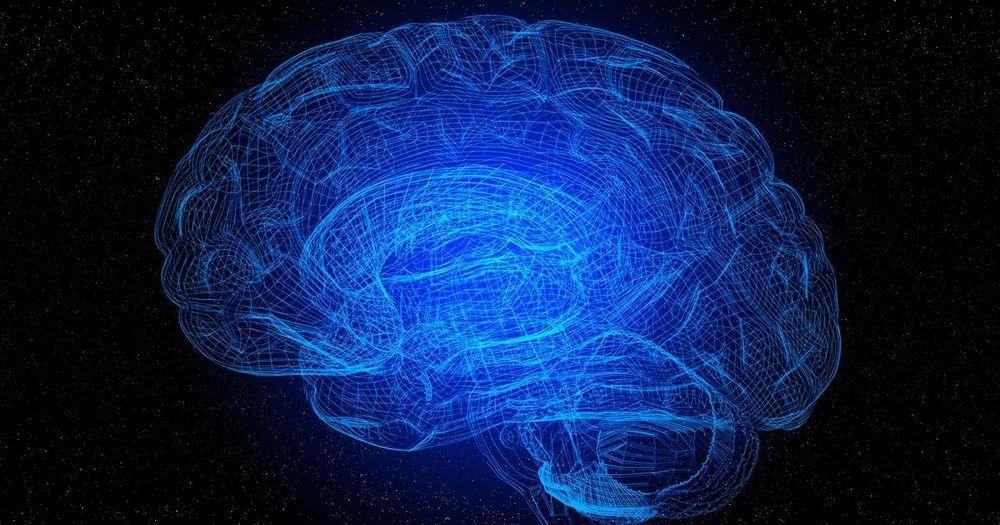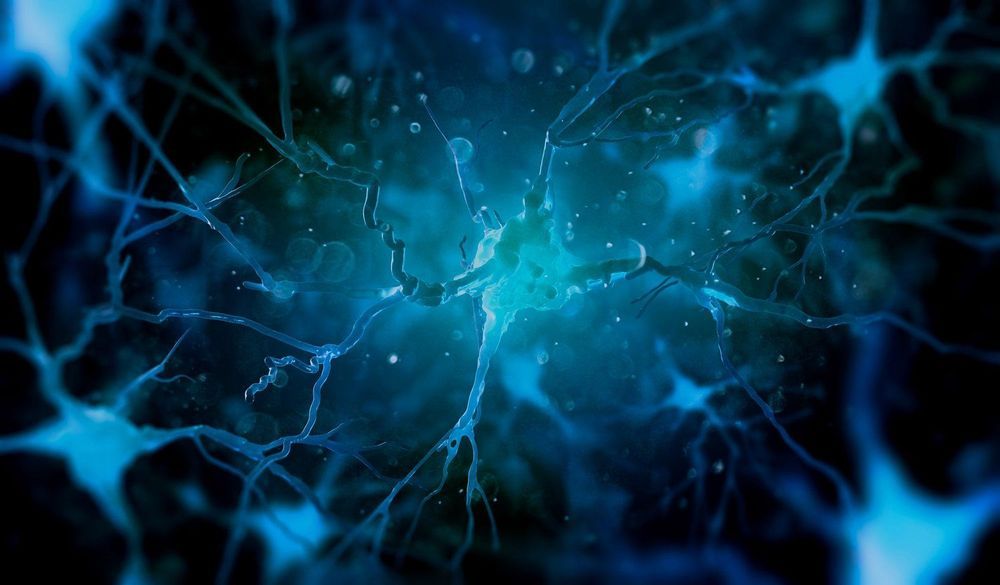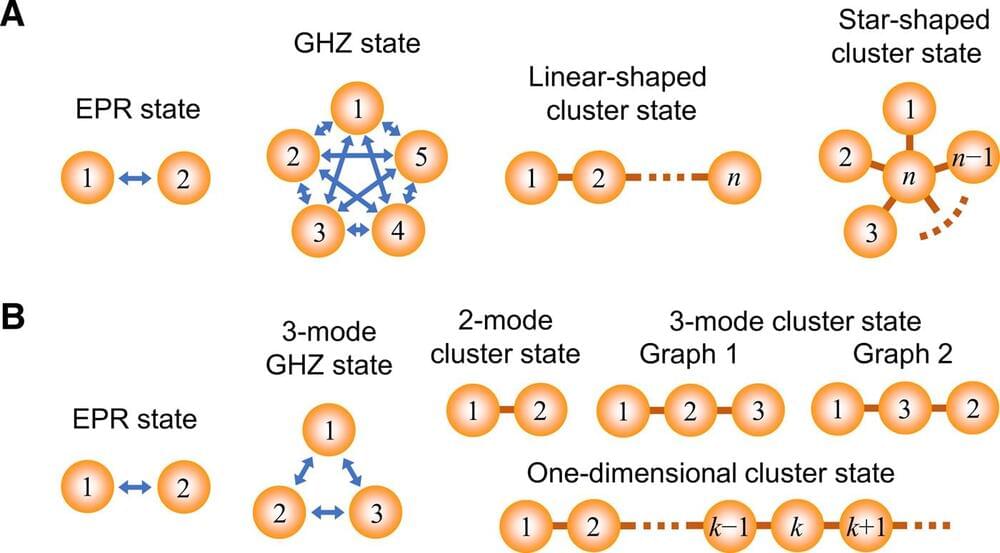As promising as some treatments are in lab tests, unfortunately they don’t always meet hopes when translated to the real world. Now, scientists at Whitehead Institute for Biomedical Research have investigated a class of cancer drugs that failed in human trials, and found out why. Better yet, they went on to identify another drug that could finally make the treatment work.








